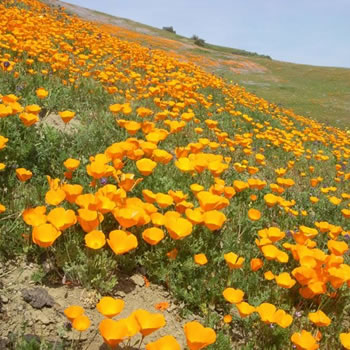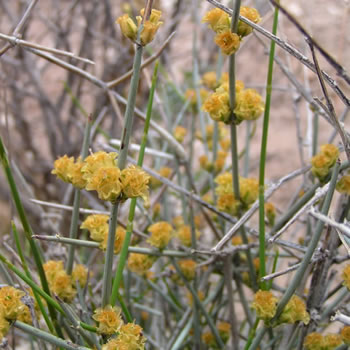Chemical Powerhouses

There are an estimated 800,000 species of plants on Earth. Of these, only 3,000 species are known to have been used directly as human food. Another 5,000 species are known to contain alkaloids, yet fewer than 75 are utilized as intoxicants.
For the vast majority of psychoactive plants, the active ingredients are classified as alkaloids. Alkaloids are complex plant compounds that make many plant species toxic or unpalatable and act as a deterrent to “attacks” by herbivores. Many of these compounds are extremely poisonous to humans also, but in small amounts become the active ingredient in numerous therapeutic drugs. Some powerful psychoactive plant alkaloids include caffeine, morphine, nicotine, and atropine.
The pharmacological literature classifies the active ingredients of psychoactive plants as sedatives, stimulants, or hallucinogens. The “drug culture” of the 1960s referred to these compounds as downers, uppers, or psychedelics.




